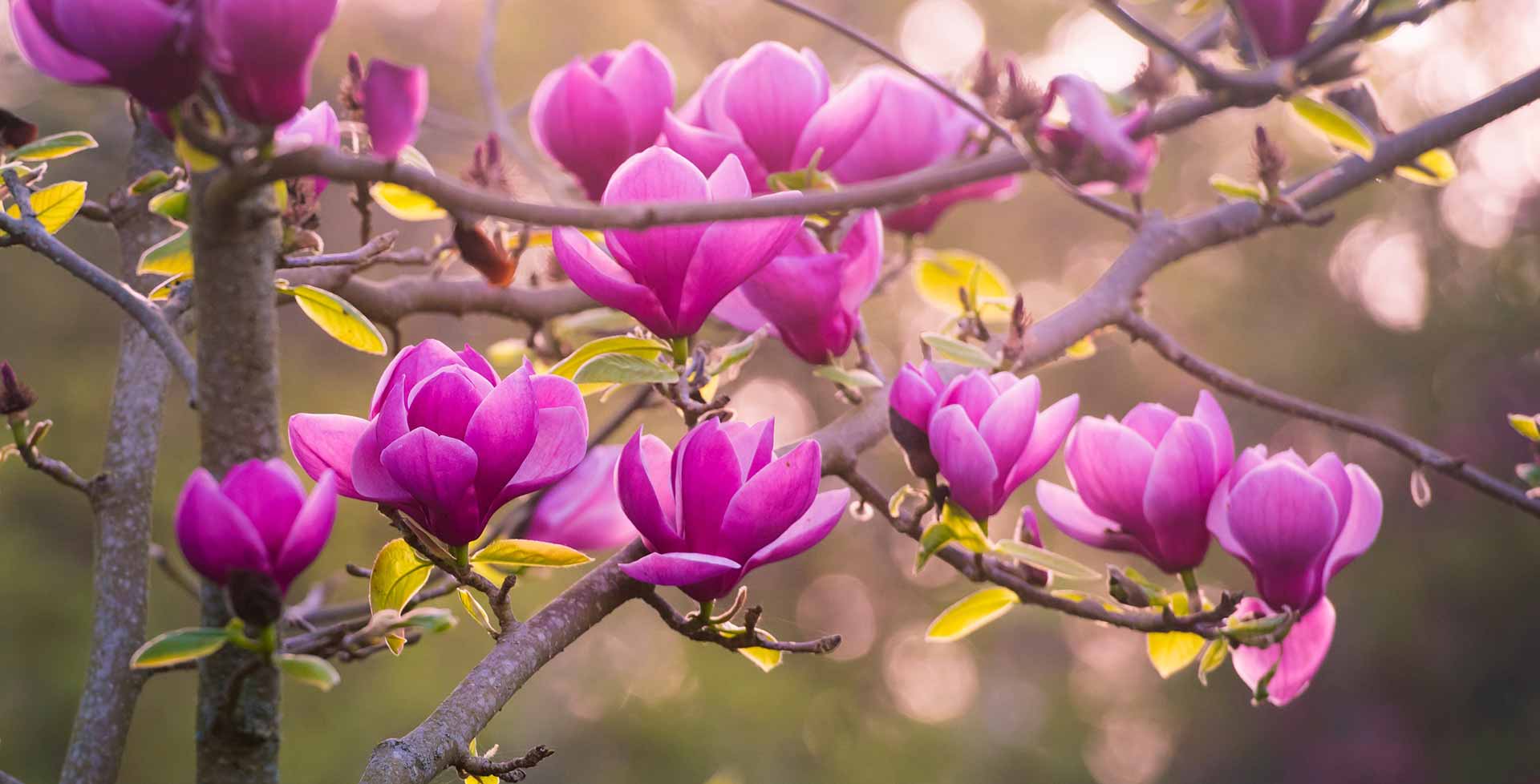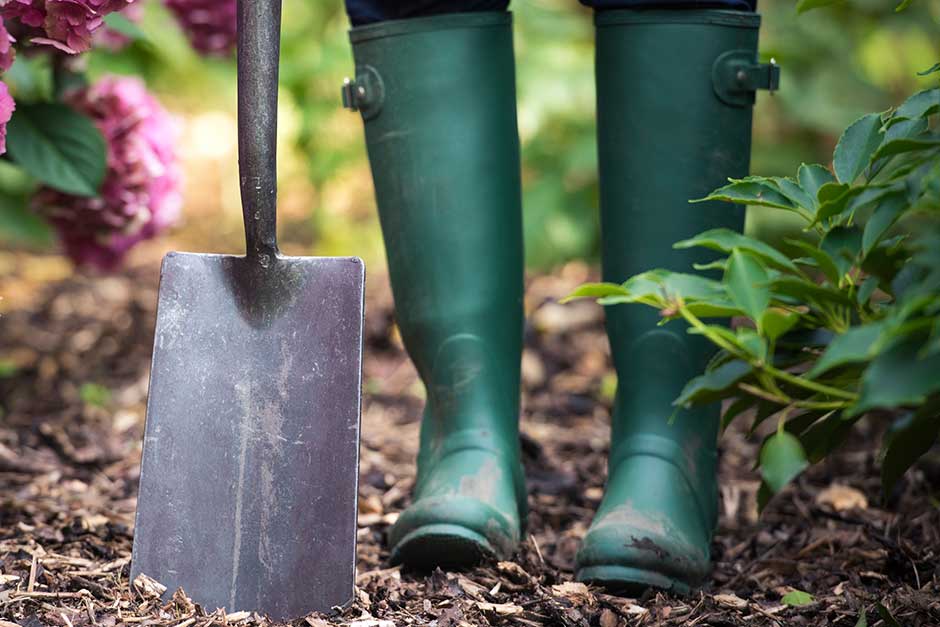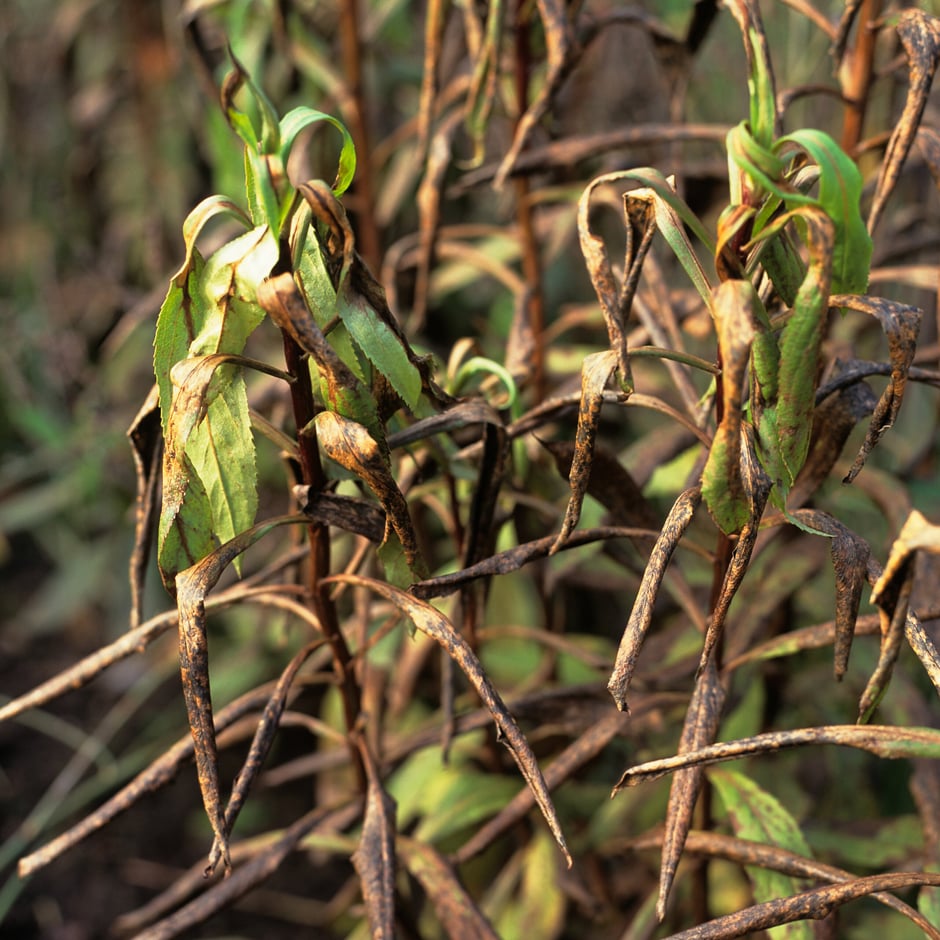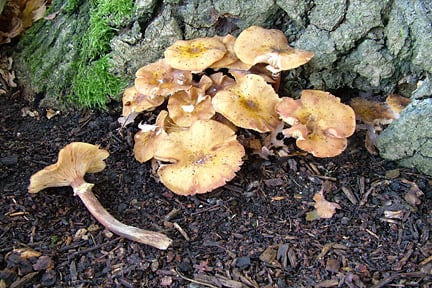
Introducing...
Magnolia
These widely grown ornamental trees and shrubs flower spectacularly in spring or early summer, displaying their abundant blooms on bare branches for maximum impact. There are also evergreen types with large fragrant blooms in late summer. They thrive in a warm, sheltered spot with moist soil and plenty of sun.
Looks
Magnolias produce large goblet-, bowl- or star-shaped blooms, mainly in shades of pink or white. On deciduous species these usually open on bare branches before the leaves appear, while on evergreen species they stand out well among the dark, glossy foliage. Magnolias can be shrubs or trees, of all sizes.
Likes
Plant in a sheltered spot in sun or light shade. Some need acidic conditions, but many are happy in any fertile, moist, well-drained soil. Larger species need plenty of space, but smaller ones can even be grown in containers.
Dislikes
Avoid dry soils and cold, exposed sites, as both may reduce flowering. Some species won't tolerate alkaline soil. Plants may be slow to recover after pruning, so keep this to a minimum.
Did you know?
As well as being eye-catching, many magnolia flowers are fragrant too. So don’t just stand back and admire them, get up close and inhale. The evergreen types, in particular, often have a rich lemon-vanilla scent.
Growing guide

How to grow magnolias
All the information you’ll need to grow and care for magnolias in your garden.
Magnolias we recommend
Magnolia liliiflora 'Nigra'
black lily magnolia
- 2.5–4 metres
- 1.5–2.5 metres
Magnolia 'Heaven Scent'
magnolia 'Heaven Scent'
- 8–12 metres
- 4–8 metres
Magnolia liliiflora 'Nigra'
black lily magnolia
- 2.5–4 metres
- 1.5–2.5 metres
Magnolia 'Heaven Scent'
magnolia 'Heaven Scent'
- 8–12 metres
- 4–8 metres
Useful advice

Frost damage
Soil: understanding pH and testing soil
Non-flowering woody plants

Honey fungus
Get involved
The Royal Horticultural Society is the UK’s leading gardening charity. We aim to enrich everyone’s life through plants, and make the UK a greener and more beautiful place.